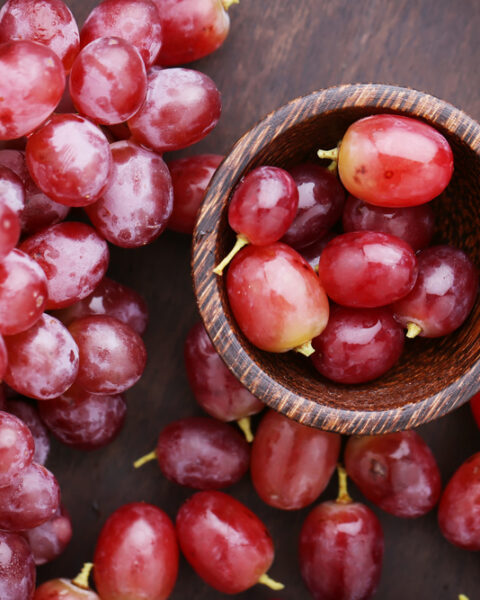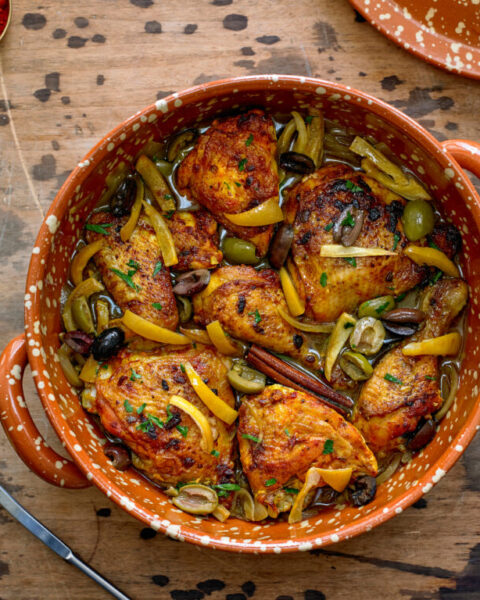Tired of the same old veggies showing up at dinner week after week? Well, it is time to give your meals a makeover with some seriously overlooked vegetables. They may have slipped off the radar, but they are ready for a serious comeback on your plate. These veggies bring nutrition and taste in ways you never expected. So, grab your shopping list, because these forgotten vegetables might just steal the spotlight in your kitchen!
Contents
- 1 Celtuce
- 2 Scorzonera
- 3 Skirret
- 4 Oca
- 5 Jerusalem Artichoke
- 6 Kohlrabi
- 7 Mizuna
- 8 Good King Henry
- 9 Samphire
- 10 Miner’s Lettuce
- 11 Chayote
- 12 Mashua
- 13 Cima di Rapa
- 14 Chicory Root
- 15 Lovage
- 16 More From RetailShout
- 17 16 Protein-Rich Vegetarian Snacks for a Balanced Diet
- 18 15 Mistakes That Make Your Coffee Taste Bitter
Celtuce
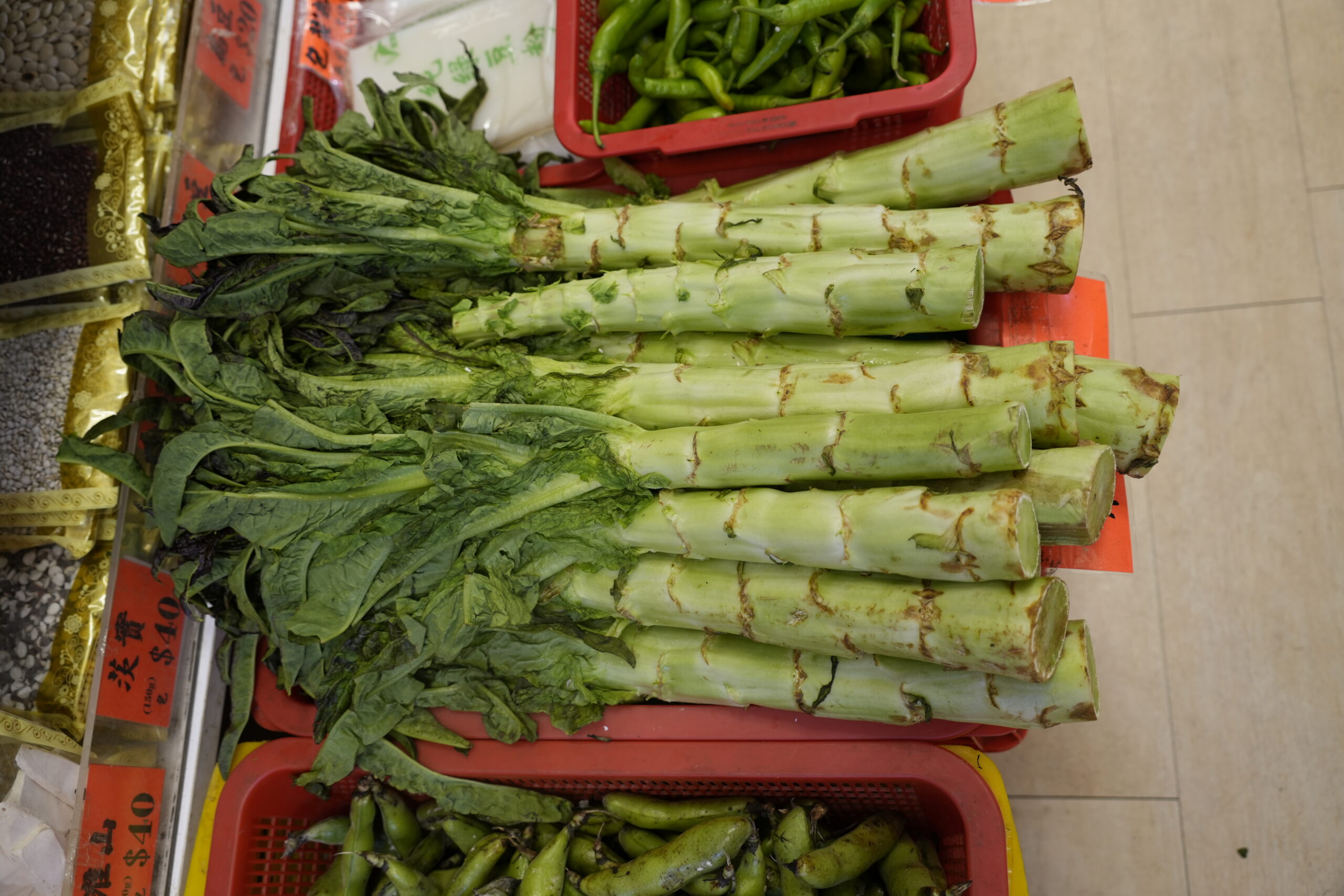
Celtuce might sound like a fancy salad ingredient, and in a way, it is! Known for its crunchy stem rather than its leaves, this veggie offers a refreshing flavor that’s somewhere between cucumber and celery. Though popular in Asian cuisine, it’s practically unknown elsewhere—which is a shame because it’s low in calories and high in vitamins like C and K. Whether you’re tossing it in a salad, stir-frying it, or even pickling it, celtuce can bring something new to your meals. Its mild taste means it pairs well with bold sauces, like garlic or soy-based dressings. Plus, it adds a fun texture that’s sure to elevate any dish.
Scorzonera
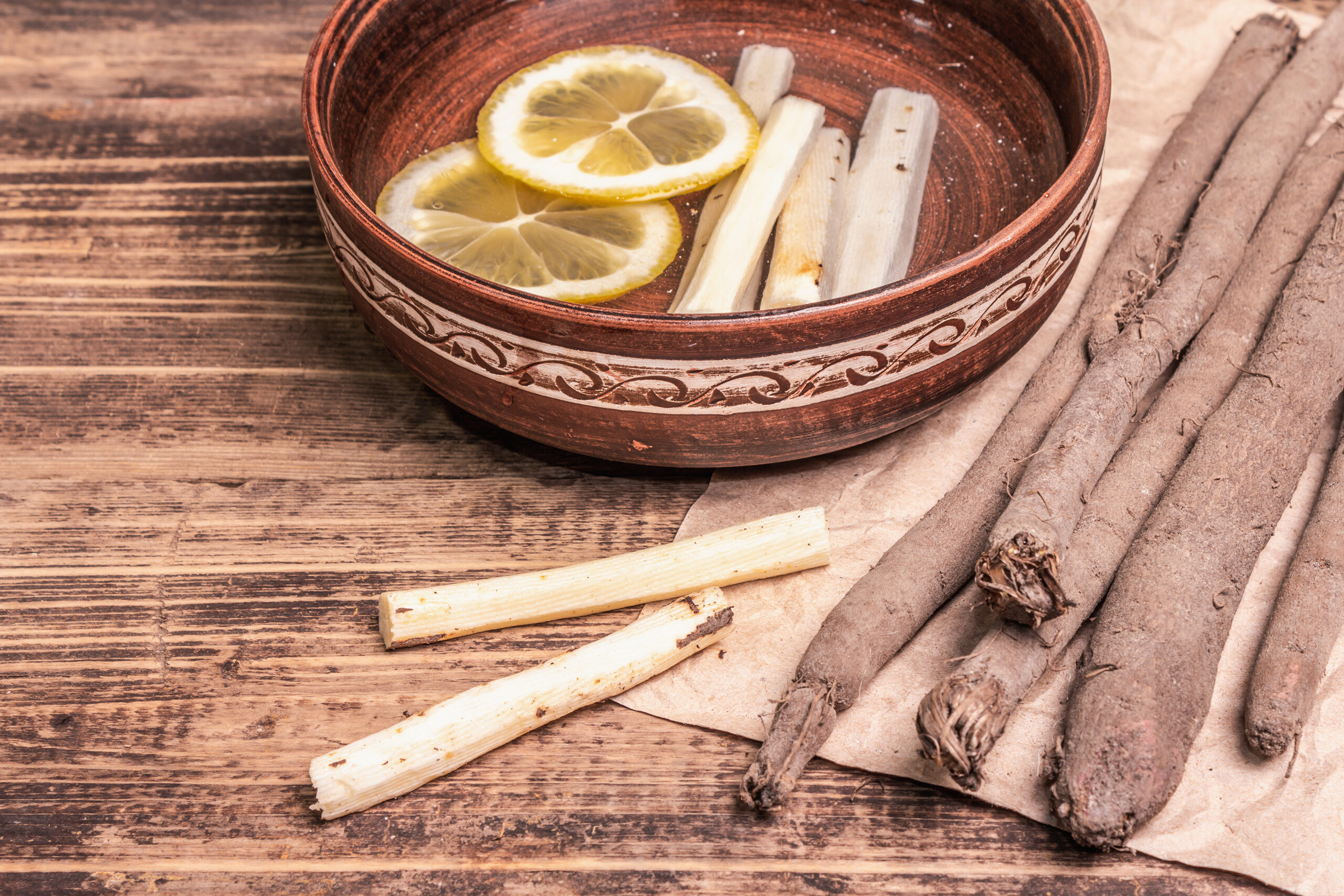
Scorzonera, also known as black salsify, might sound fancy, but it’s just a humble root vegetable with a lot to offer. It has a mild, slightly sweet taste, and when cooked, its creamy texture makes it perfect for soups and stews. Once a staple in European kitchens, this veggie has mostly been forgotten, but it’s worth rediscovering for its unique flavor and health benefits. High in vitamins E and K, it’s also a great source of antioxidants. Scorzonera’s dark exterior hides a creamy, delicious center that’s begging to be roasted or sautéed. Don’t be put off by its strange look—this veggie’s charm is in the taste!
Skirret
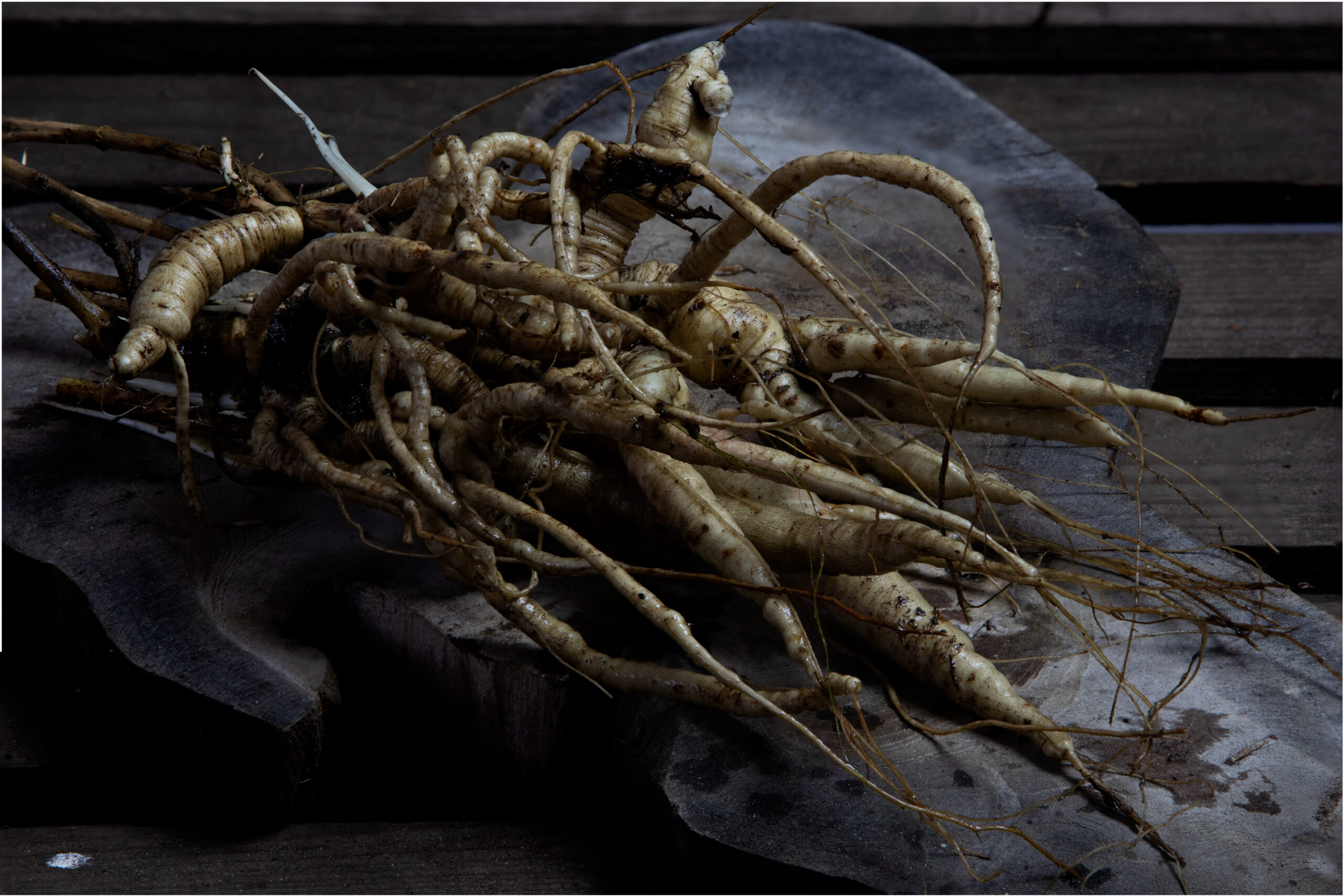
Skirret is an old-world root vegetable that used to be a favorite in European kitchens—think of it as the great-grandparent of carrots and parsnips. With its sweet, slightly nutty flavor, skirret is versatile enough to roast, boil, or mash into soups. Plus, it’s rich in fiber and vitamin C, which makes it a great choice for anyone looking to boost their immune system or digestive health. The flavor is a perfect balance between savory and sweet, making it an excellent side dish. It’s one of those vegetables that’s so easy to cook with, yet totally underappreciated these days. Skirret might not be on your radar yet, but it’s ready to make a comeback.
Oca
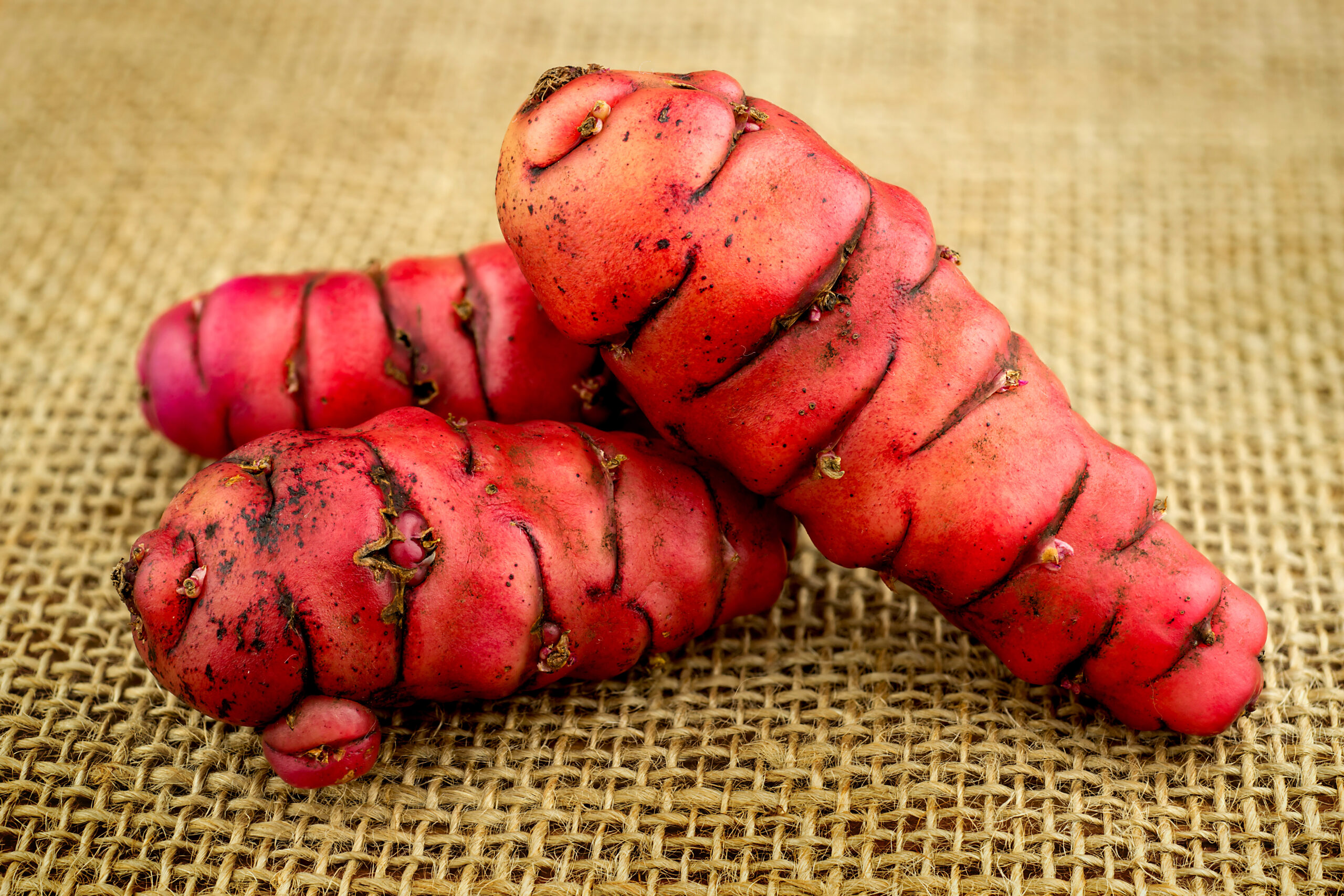
Oca, a colorful tuber native to the Andes, is like the more exciting cousin of the potato, offering vibrant colors and a tangy, citrusy flavor. These small, jewel-toned tubers can brighten up any dish, both visually and taste-wise. They’re packed with vitamin C, fiber, and antioxidants, making them a nutritional powerhouse. You can roast, boil, or even eat oca raw, adding a little extra zing to your salads or sides. If you’re looking to impress at your next dinner party, oca’s vibrant colors and tart flavor will do the trick. Plus, they’re just plain fun to cook with!
Jerusalem Artichoke
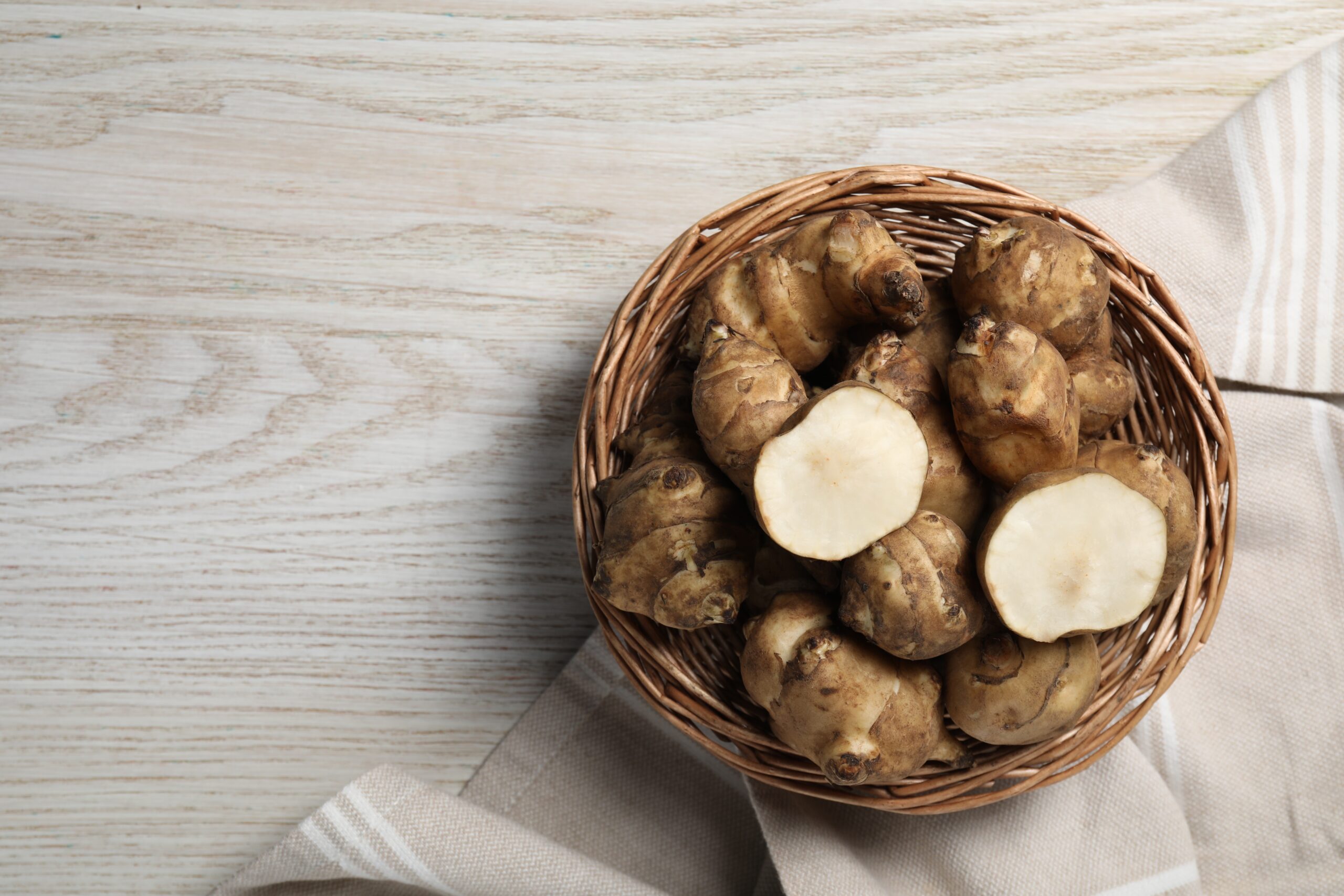
Despite its name, the Jerusalem artichoke has little to do with artichokes and isn’t from Jerusalem! These nutty, slightly sweet tubers, also called sunchokes, were once a popular food among Native Americans. Rich in iron and potassium, they’re great for boosting heart health. When roasted or mashed, their creamy texture and mild flavor make them a fantastic alternative to potatoes. You can even slice them raw for a crunchy salad addition! Their versatility and subtle sweetness make them a hidden gem for anyone wanting to switch up their root vegetable game.
Kohlrabi
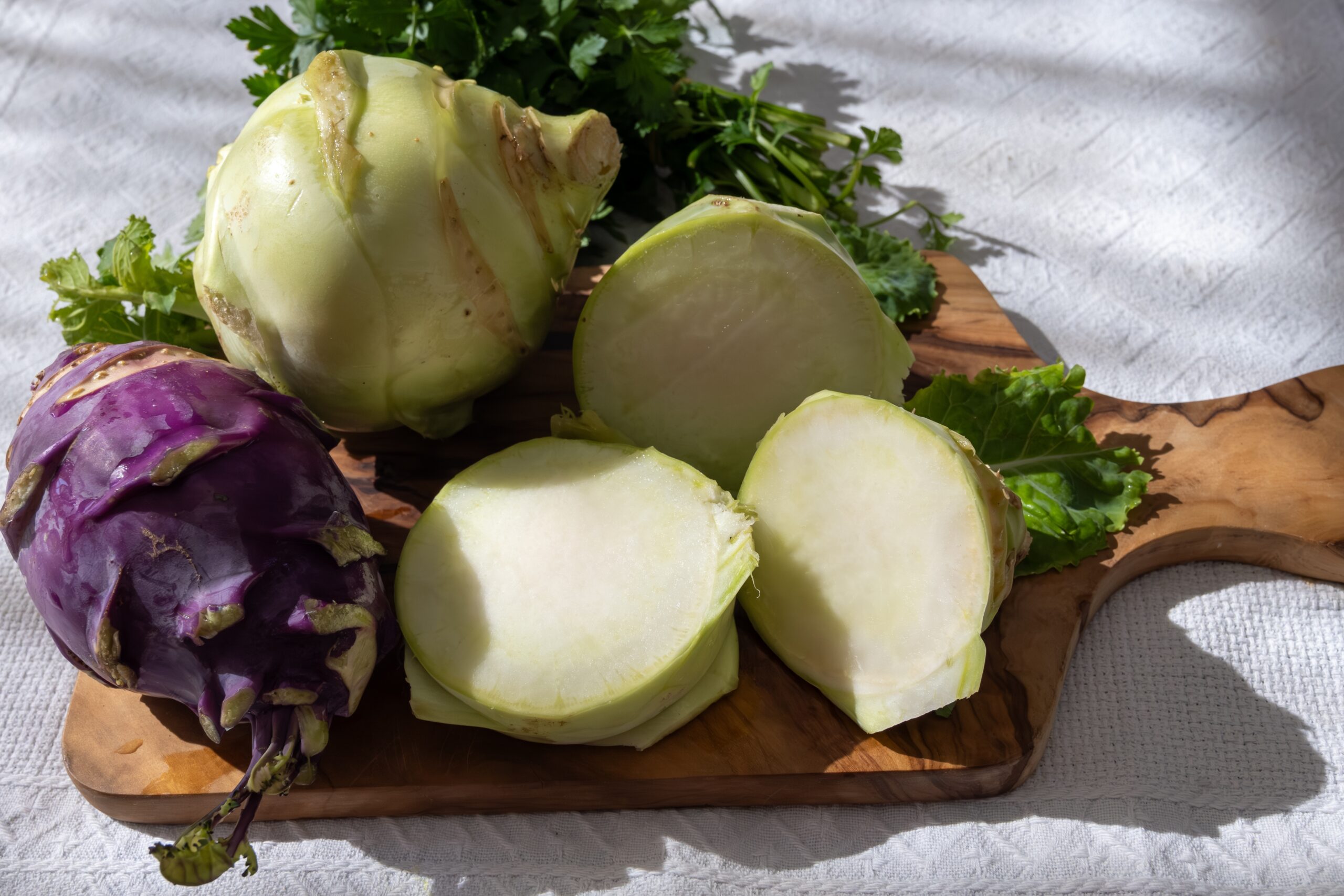
Kohlrabi is one of those veggies that seems to get overlooked in favor of its more famous relatives, like broccoli and cauliflower. But with its crunchy texture and slightly sweet flavor, it deserves a place on your plate! Whether you eat it raw, roasted, or sautéed, kohlrabi adds a refreshing bite to salads, slaws, or side dishes. Rich in vitamin C and fiber, it’s a great way to support your immune system while enjoying a new veggie. Plus, its mildly sweet and peppery taste makes it perfect for pairing with bold seasonings or dressings. Next time you’re at the market, grab a kohlrabi—you’ll wonder why it took you so long to try it!
Mizuna

Mizuna, often found in Japanese cuisine, is a leafy green with a bit of a kick that deserves more love outside of specialty markets. It’s got a peppery flavor, similar to arugula, and adds a burst of freshness to salads or stir-fries. Loaded with vitamins A and C, it’s a fantastic way to sneak more nutrients into your meals. Mizuna is perfect for those who want to switch up their greens but aren’t quite ready to go full-on kale. Its tender leaves blend well with citrusy or garlicky dressings, giving your dish a little extra zing. Once you start adding mizuna to your meals, you’ll wonder how you ever lived without it!
Good King Henry
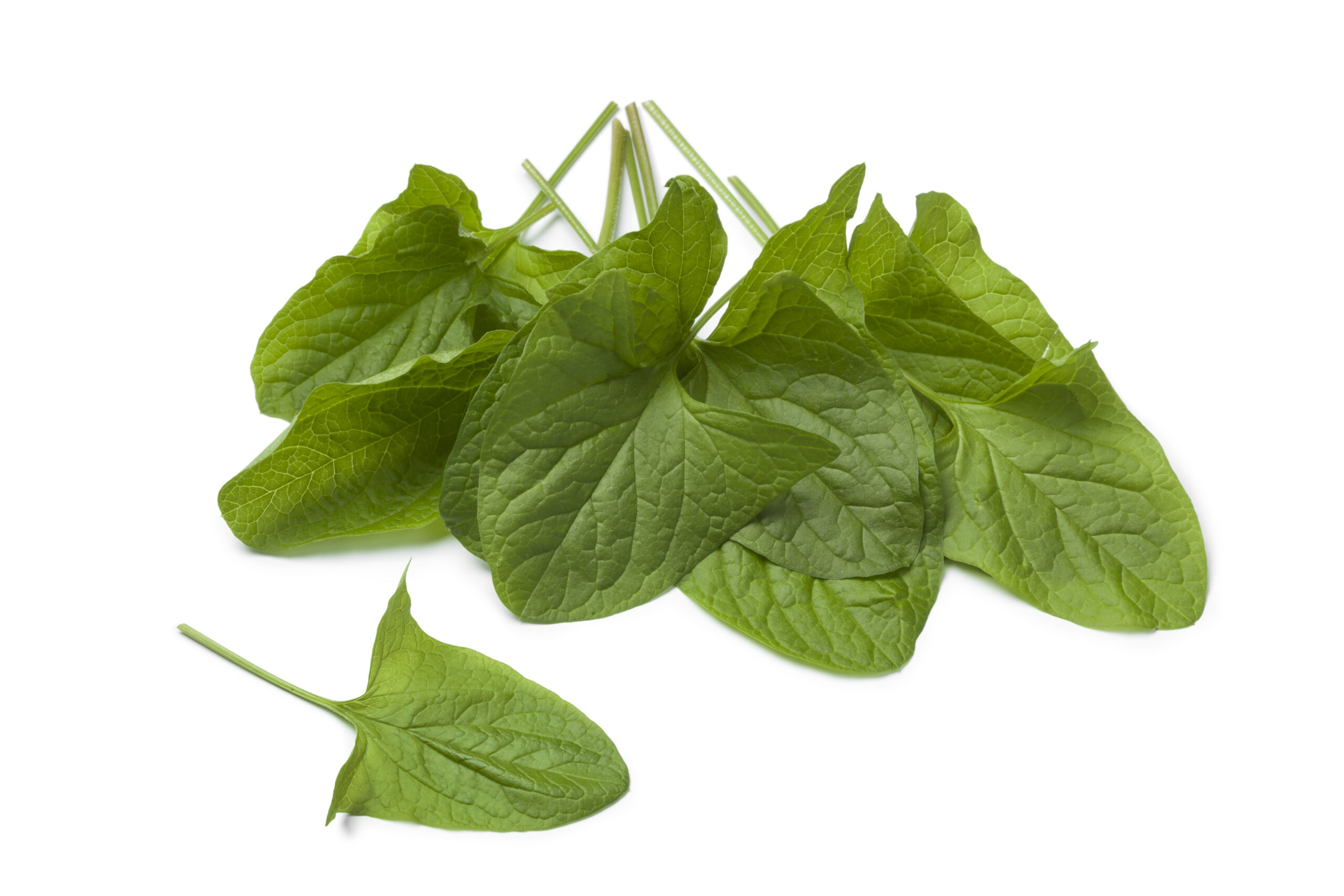
Good King Henry, sometimes called “poor man’s asparagus,” was once a beloved vegetable in Europe but has fallen out of favor. Its tender shoots are similar to asparagus, while its leaves can be cooked like spinach. This green is rich in iron and vitamins A and C, making it a fantastic choice for supporting your overall health. It’s also incredibly resilient, thriving in poor soil conditions, so it’s easy to grow if you’re interested in starting a garden. Whether sautéed, boiled, or used as a side dish, Good King Henry has a mild, earthy flavor that’s perfect for mixing into various meals. Plus, with a name like that, it’s bound to make dinnertime a bit more regal!
Samphire
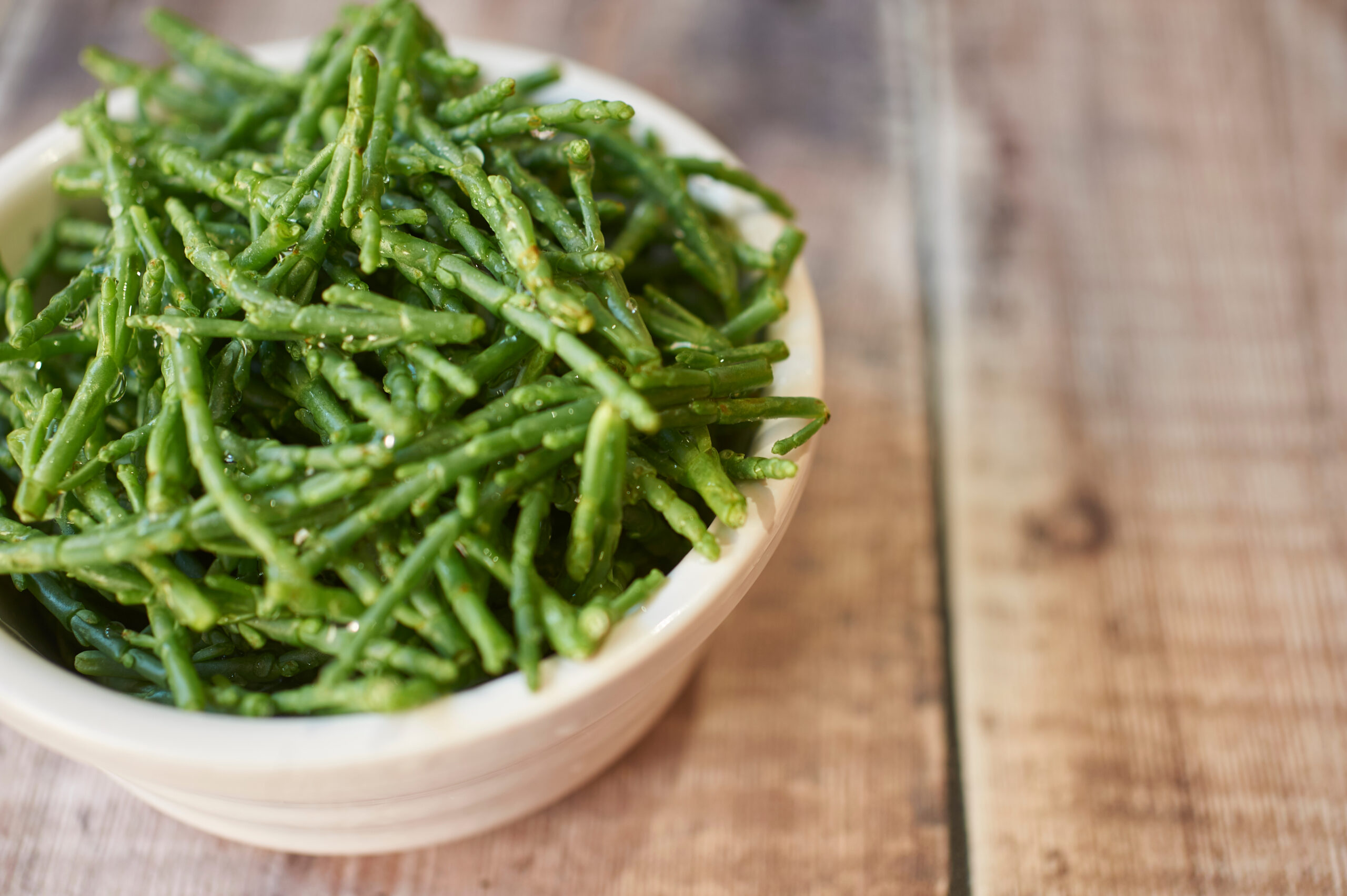
If you’re a fan of seafood, you’ll love samphire, a salty, succulent plant also known as sea asparagus. Though once a popular ingredient in British coastal dishes, it’s now largely forgotten outside gourmet restaurants. Samphire is rich in iodine, magnesium, and vitamins A and C, making it a great addition to your diet if you’re looking to support your thyroid and immune health. Its crisp, briny flavor is perfect for pairing with fish or adding a salty twist to salads. Best of all, samphire cooks in just a few minutes, so it’s a quick, easy, and delicious way to shake up your veggie routine.
Miner’s Lettuce

Miner’s lettuce is one of those greens that used to be everywhere, especially during the Gold Rush when it kept miners from getting scurvy, but now it’s practically vanished. It has a mild, slightly sweet flavor and works perfectly in salads or as a sandwich topping. High in vitamin C and iron, this leafy green is as nutritious as it is tasty. It’s also super easy to grow, making it a great option for home gardeners looking for something different. Whether you eat it raw or lightly sautéed, miner’s lettuce is a versatile green that’s begging to make a comeback.
Chayote
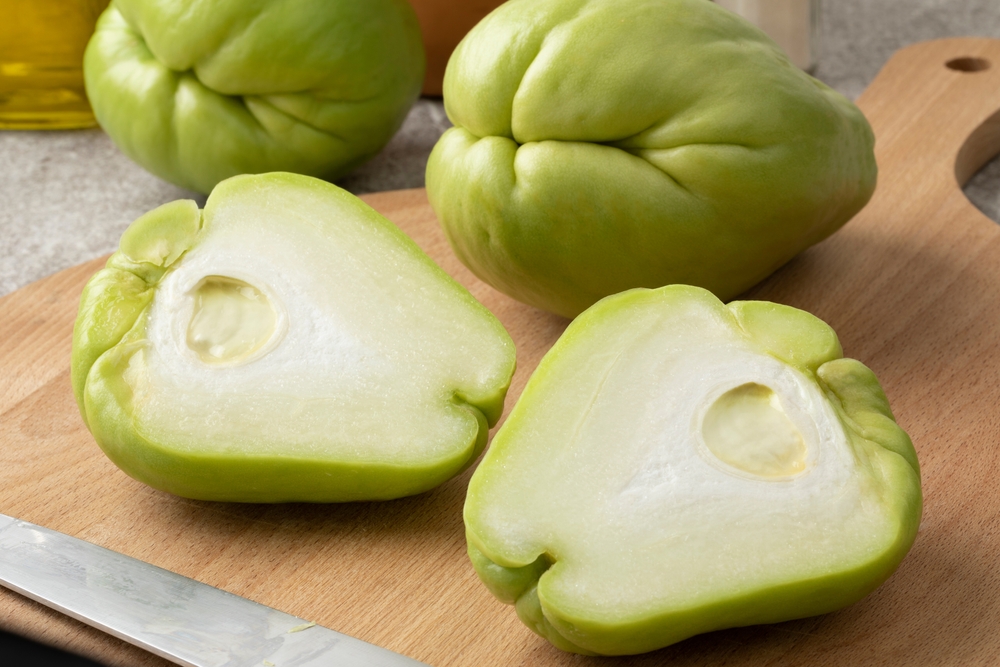
Chayote, also known as vegetable pear, might be unfamiliar to you, but it’s been a staple in Central American cuisine for centuries. It has a mild, slightly sweet flavor, with a texture somewhere between cucumber and squash, making it perfect for a variety of dishes. Chayote is low in calories but packed with fiber and vitamin C, so it’s a great way to sneak some nutrition into your meals without overloading on carbs. It can be eaten raw in salads or cooked into stir-fries and stews. If you’re tired of the usual zucchini, give chayote a try—you’ll be pleasantly surprised!
Mashua

Mashua is an Andean tuber that was once grown alongside potatoes but has since been largely forgotten outside its native region. With a bright orange or yellow flesh and a slightly peppery taste, mashua brings both color and flavor to your plate. It’s also packed with antioxidants and vitamin C, making it great for your health. Mashua can be roasted, boiled, or mashed, just like potatoes, but it has a unique spicy twist. Its bold flavor pairs well with savory dishes and hearty stews. If you’re looking to expand your tuber repertoire, mashua is a fun and flavorful option.
Cima di Rapa
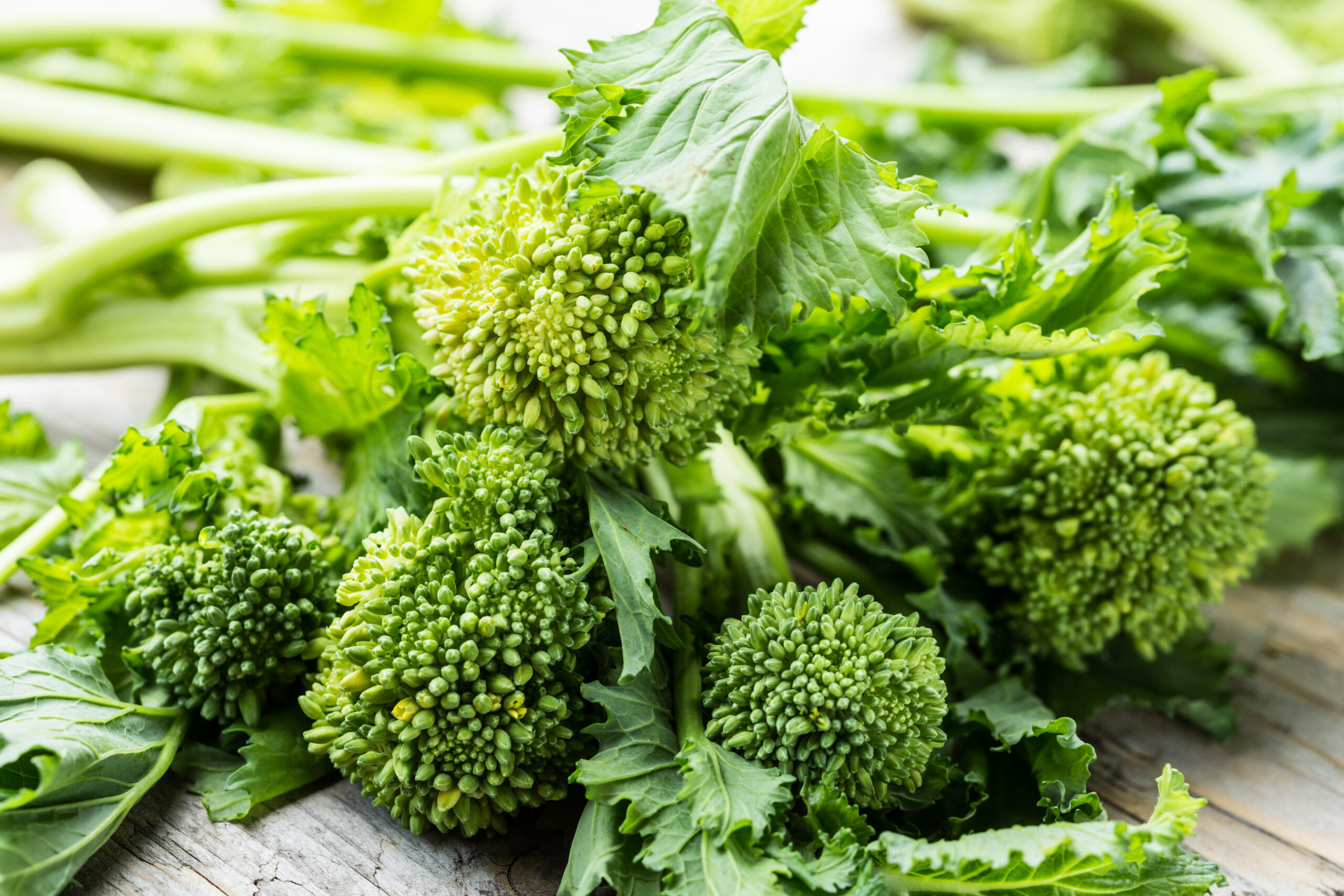
Cima di Rapa, also known as broccoli rabe, is a bitter green that’s often overlooked in favor of more familiar veggies like spinach or kale. But if you’re a fan of bold flavors, this green is for you! It’s packed with vitamins A, C, and K, as well as iron, making it a nutritional powerhouse. Cima di Rapa’s slightly bitter taste pairs beautifully with garlic, olive oil, and a little chili for a delicious side dish or pasta topping. It’s the kind of vegetable that adds a depth of flavor to dishes that milder greens just can’t compete with. Give it a try—you won’t be disappointed!
Chicory Root
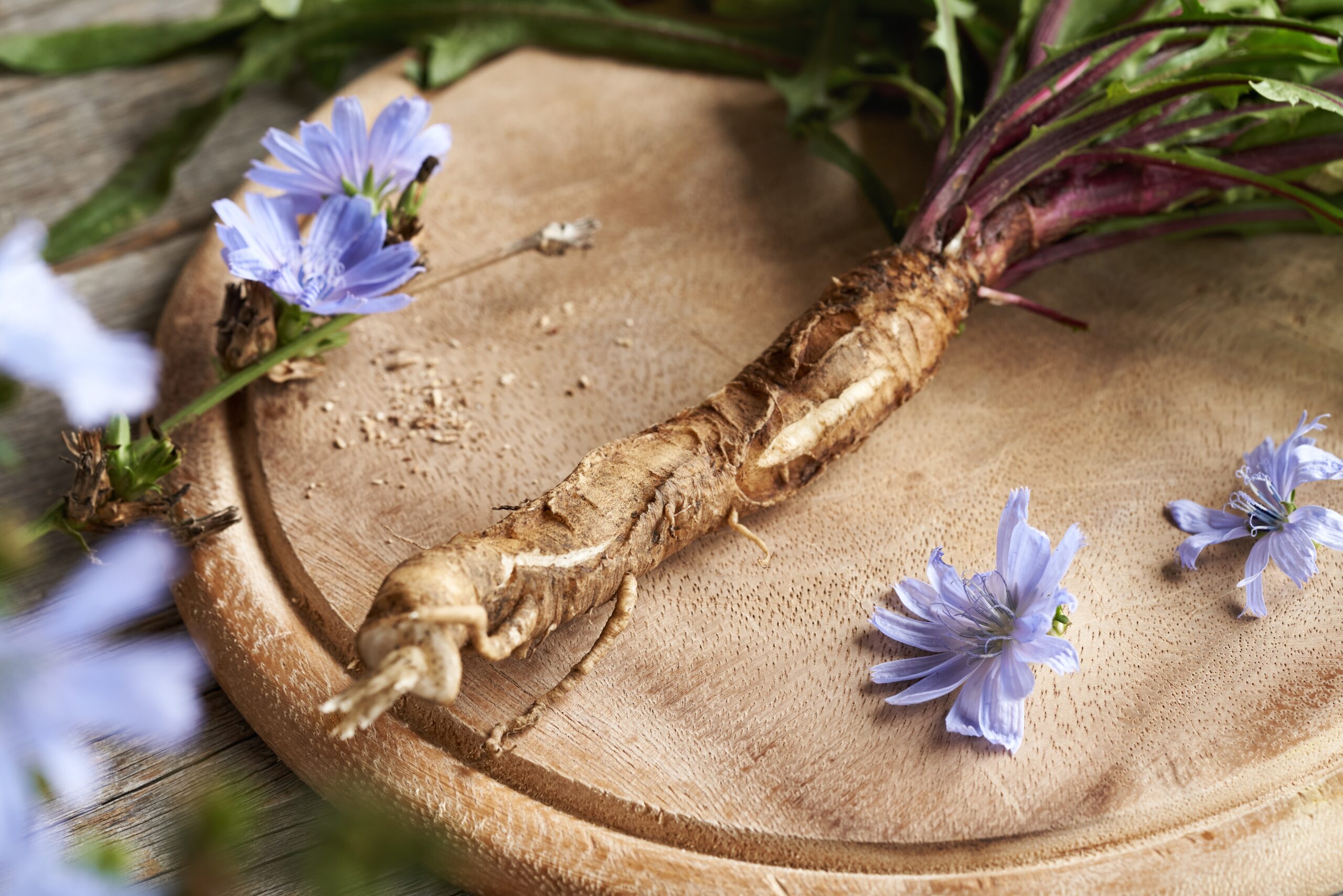
Chicory root, once used as a coffee substitute during tough times, is now largely forgotten, but it deserves a second chance. Its slightly bitter flavor can add depth to salads or roasted veggie dishes. Chicory root is also rich in fiber and prebiotics, which are great for gut health. Plus, it’s packed with antioxidants that help reduce inflammation in the body. Whether you’re roasting it or blending it into soups, chicory root adds a unique flavor that stands out in any dish. Give it a try, and your digestive system will thank you!
Lovage
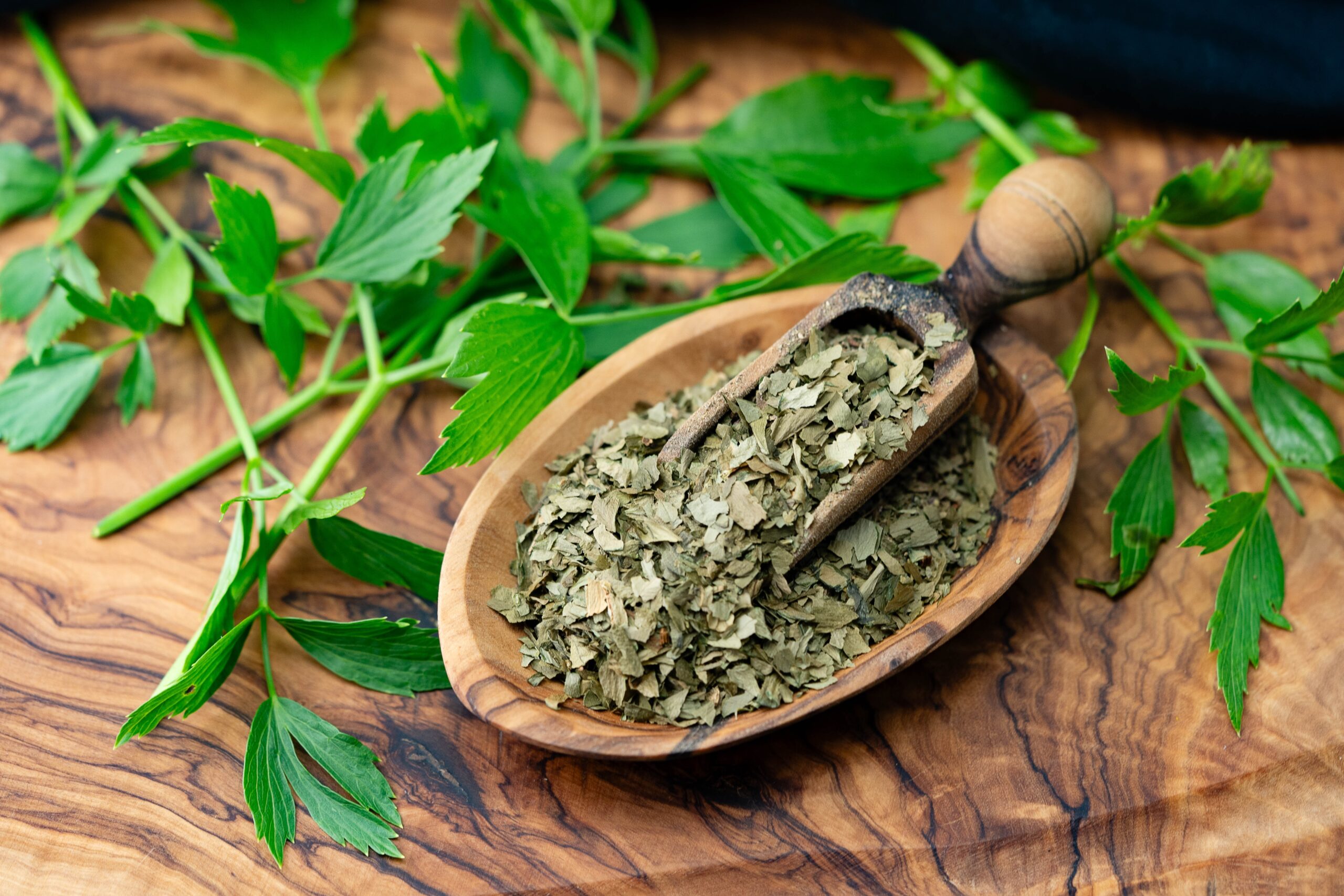
Lovage might be one of those herbs you’ve never heard of, but it used to be a common kitchen staple in Europe. With its strong celery-like flavor, it can be used to add a fresh, herbal note to soups, stews, or broths. Lovage is also packed with vitamins A and C, offering anti-inflammatory properties that make it a great choice for boosting your immune health. A little goes a long way, so even just a few leaves can transform a dish. Whether you grow it at home or find it at a farmer’s market, lovage is a fantastic herb to add to your collection.
This article originally appeared on RetailShout.
More From RetailShout
15 Healthy Grocery Items Frugal People Buy at Aldi

Healthy eating doesn’t have to come with a hefty price tag, especially if you know where to shop. Aldi has become a favorite for budget-conscious shoppers who still want nutritious, wholesome foods. Read More.

Maintaining a balanced diet as a vegetarian can be challenging, especially when it comes to getting enough protein. But don’t worry! These protein-rich vegetarian snacks are here to help. Read More.
15 Mistakes That Make Your Coffee Taste Bitter

Ever brewed a cup of coffee and found it tasted more like burnt wood than the rich, aromatic beverage you were craving? You’re not alone. Many of us have been there, wondering what went wrong. Read More.




